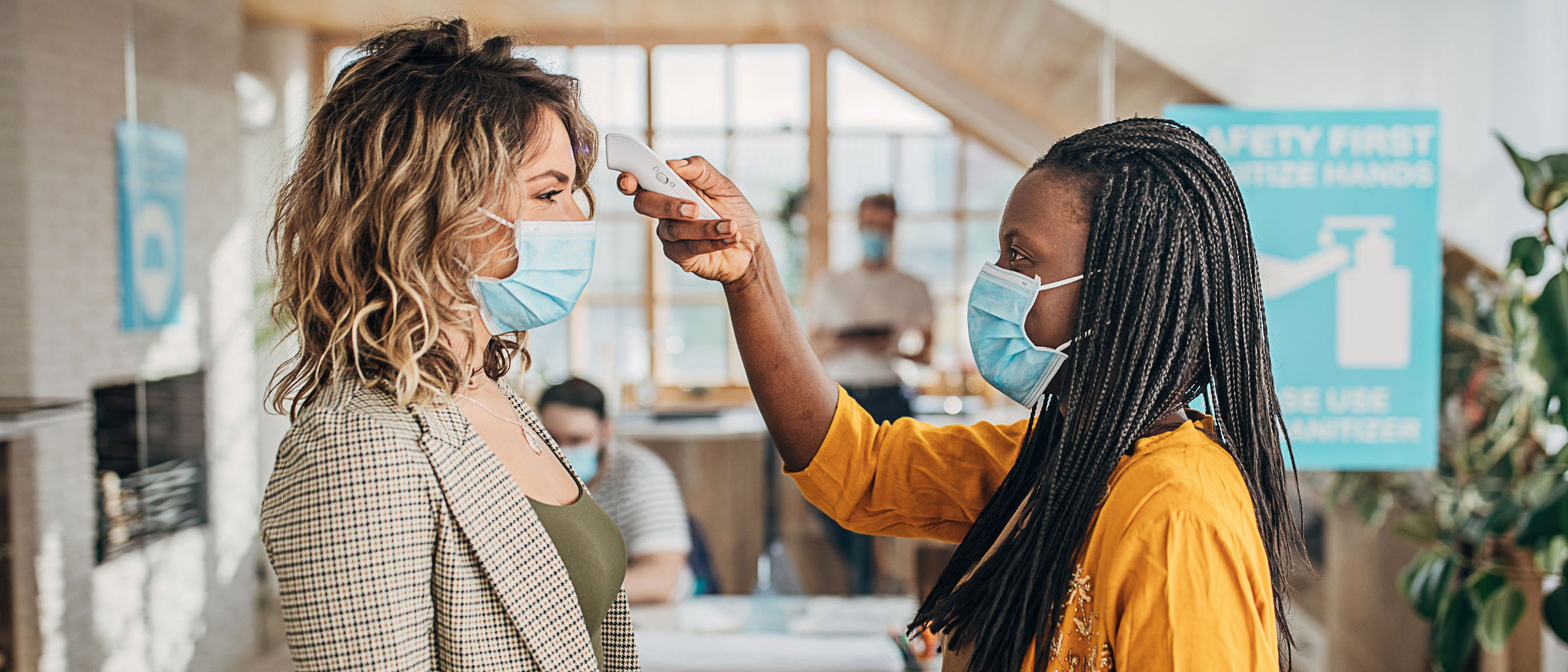The Importance of Workplace Medical Screening to Prevent the Spread of COVID-19
Even amidst the COVID-19 pandemic, essential organizations across the nation are keeping their doors open, making sure Americans continue receiving the basic goods and services they need. For organizations seeking to keep their employees as safe as possible, The Judge Group has a solution ready to go (click the image to view a larger version).

Let’s take a deeper look at the problem summarized in the infographic above, and zero in on Judge’s proposed solution – COVID-19 medical screeners.
The Problem
It’s no longer a secret that COVID-19 is a highly contagious virus. While early reports estimated that every person who contracts the virus spreads it to about 2.2 others, even more daunting research coming out of China suggests the rate of transmission may be much higher than that.
According to scientists, the virus can live on some surfaces up to 72 hours, is actively spread through coughing and sneezing, as well as through prolonged exposure with someone affiliated with the virus. Even someone who is asymptomatic or presents unassuming symptoms may spread it.
This perfect storm presents an enormous challenge for business leaders, who must prioritize the safety of their employees above all else.
The solution Judge proposes (in addition to careful sanitation and testing when it becomes more readily available), is effectively a small-scale operation of what countries like Germany did in the early stages of the outbreak.
The Solution
Judge recommends that companies engage in early identification of sick individuals, directing them to seek immediate medical attention, and finally, physical isolation and self-quarantining.
Companies can achieve these aims by employing COVID-19 medical screeners.
Judge is prepared to hire, train, and deploy qualified nursing and medical assistants to organizations. Screener duties include:
- Temperature testing.
- Systematically asking health related questions to employees.
- Maintaining enter and exit logs of all employees.
- Sending potentially sick individuals home and directing them to seek medical attention.
- Staying in constant contact with a point of contact.
Related Blogs
5 Things to Look for in a Talent Agency for IT Direct Hire Services
An overwhelming majority of tech leaders report significant challenges when hiring top IT talent. And with an organization’s ability to capitalize on emerging technologies directly tied to securing these highly-skilled professionals, the stakes for nailing the hiring process couldn’t…
Why You’re Struggling to Find Top Tech Talent
As technology advances at light speed, companies face an unexpected challenge in securing the innovative minds fueling this progress. If you’ve found yourself staring at a stack of underwhelming resumes or lamenting yet another failed candidate…
How to Work with a Recruiter for IT Permanent Placement
Companies can face a perfect storm when searching for top information technology (IT) talent. Cloud computing, AI, big data, and cybersecurity are the driving forces of innovation, and the demand for expertise in these areas is at a fever…




